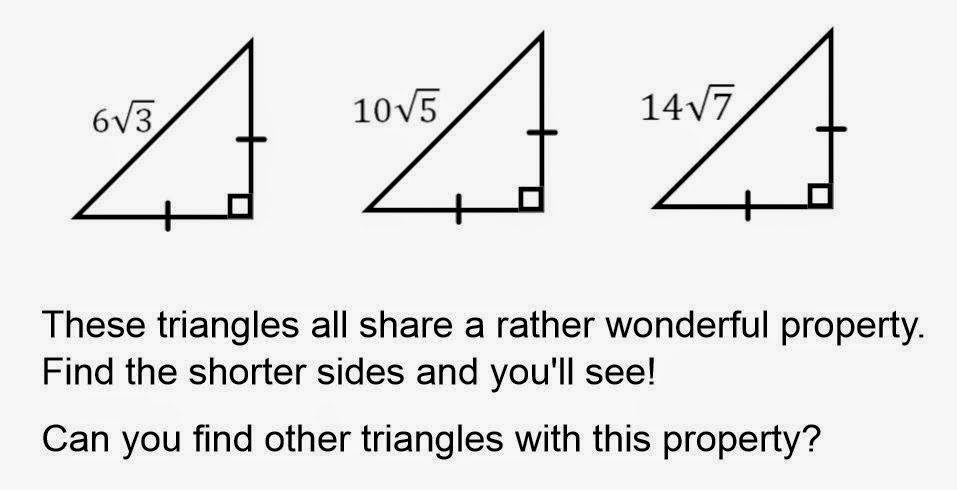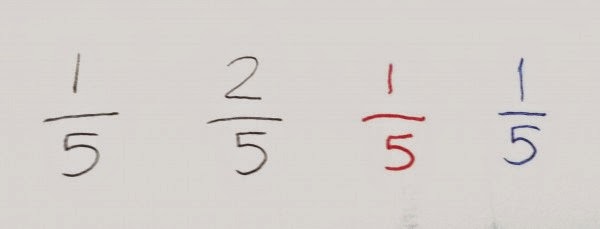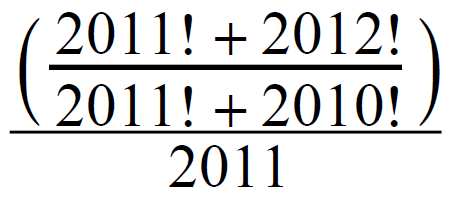12 of 30 Items .... Type: Epiphany
Problems, Questions, and Puzzles to spark discussion and argument in the maths classroom.
Navigation:
- by Source
- by Course
.... - Problem Type: 101 Things
3ACT
ASN
ChatGPT
Combinatorics
Comparisons
Constructions
Create a Problem
DebateMath
Definitions
DESMOS Art
Desmos Challenge
DoThis
Epiphany
Equity
Explainer
Find the Error
Find the Pattern
Game
Geometry Snacks
Graphicacy
Graphical Approach
How Many Ways?
How Many?
Illusion
Impossible Problem
MathArt
MathStrategy
MathTip
Meme
Mimizu
Modeling
New
New Understanding
Notation
Notice, Wonder
Number Theory
Number_Search
Number_Talks
Open Middle
Optimization
Pedagogy
Policy
Proof Without Words
Puzzle
Rates
Ratios & Proportions
Raw Pure Math
Regressions
Sensible?
Sidewalk Chalk
Smart Substitution
Starters
Strategy
Terminology
The Hook
The RealWorld
Topology
Understandings
VennWords
Wait. Really?
WCYDWT
What If
What is This?
What Questions
Which Would You Choose?
WODB
Yohaku
. . . View This Fullsize
Ask your class if there are any Pythagorean anti-Triples: \(\dfrac{1}{a^2} + \dfrac{1}{b^2} = \dfrac{1}{c^2}\) ?
If a, b, c are integers, the question seems harder, since 1/3, 1/4, 1/5 would be (to me) obvious answers - leading to the rules for Pythagorean triples and just using their reciprocals.
.: [ALG1], [James Tanton], [Epiphany].
. . . View This Fullsize
I might have posted this puzzle before.
What do your students think?
Can they generalize it?
What is the overlapped area?
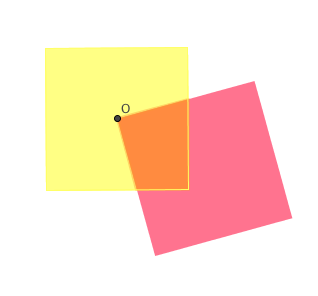
.: [GEOM], [David Wees], [Epiphany].
. . . View This Fullsize
Seems like a tough problem.

"Wait a minute. That would make it easier ..."
.: [MS Math], [Five Triangles], [Epiphany].
. . . View This Fullsize
What can we do with this? There doesn't seem to be enough information.
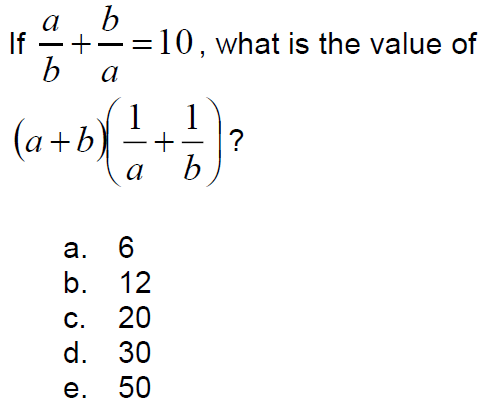
3
.: [ALG2], [Curmudgeon], [Epiphany].
. . . View This Fullsize
Make similar questions ...
If \(x^2+y^2 = 196\) and \((x-y)^2 = 36\), what is the value of \(xy\)?
- -116
- -80
- -8
- 80
- 160
.: [SAT], [SAT], [Epiphany].
. . . View This Fullsize
Three squares of equal but unknown size.
Is this a fair question to ask a fifth-grader?
.: [ALG1], [Numberphile], [Epiphany].
. . . View This Fullsize
Take a moment to consider the rules and the methods that we use with powers and exponents.
\(2^x + 2^x + 2^x +2^x = 2^{2014}\)
x = ?
What is the "Aha!" thought, the epiphany, in this problem?
.: [ALG1], [David Marain], [Epiphany].
. . . View This Fullsize
If you're a junior or senior, you've seen versions of this problem before, perhaps on the SAT (the source of this problem). As I've said before, the SAT is designed in a way that calculators are not necessary and each question must be solvable in less than a minute. Often, the student is expected to change the form of the question: text to algebra, or algebra to visual (graphical); or rearrange the terms, or work backwards from the known.
The sum of the positive odd integers less than 200 is subtracted from the sum of the positive even integers less than or equal to 200. What is the resulting difference?
As it stands, that question would take you far too long to find an answer for, so it must have a simplification somewhere. What can we do to make this quicker to answer? Or simpler to understand? How can we change it?
.: [SAT], [SAT], [Epiphany].
. . . View This Fullsize

Town A is 300 km from Town B and Town B is 200 km away from Town C.
- What is the closest A and C could be?
- How far apart could they be, if they were as far apart as possible?
- How many integer distances between A&C are possible?
.: [SAT], [David Marain], [Epiphany].
